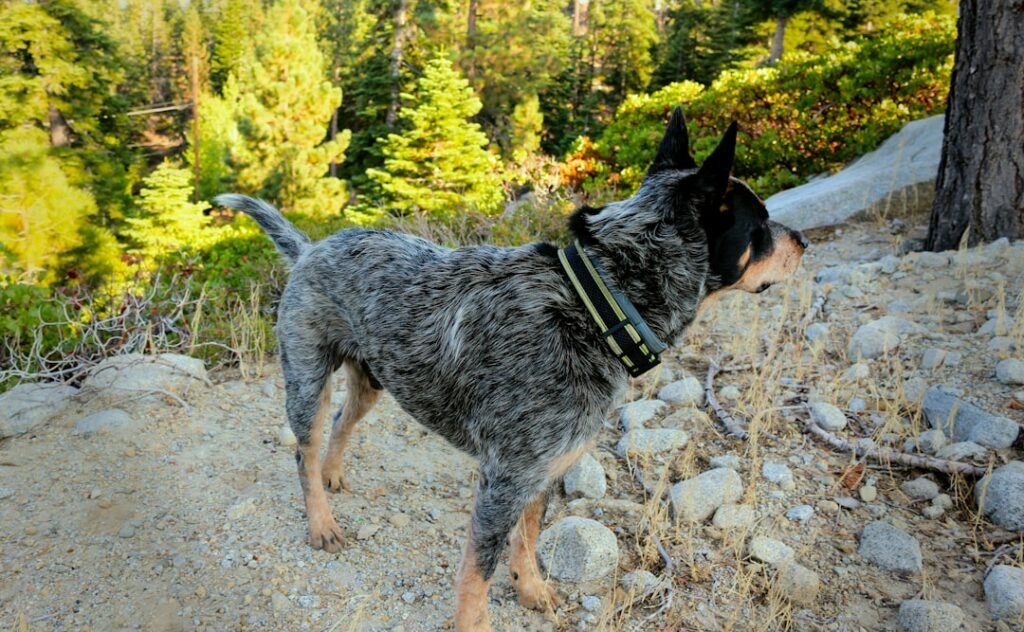When Jack Thompson noticed his German Shepherd limping back from their usual evening walk, something felt different. This wasn’t the regular excitement of playing in fresh snow – Duke was favoring his front paw and shivering despite his thick coat. That night changed everything Thompson thought he knew about dogs and winter weather. After a rushed trip to the emergency vet and a diagnosis of early frostbite, Thompson learned that even the most seemingly winter-ready dogs face serious challenges during Midwest winters.
The Harsh Reality of Midwest Winter Temperatures

Midwest winters don’t mess around, and neither should dog owners when it comes to understanding the real risks. When temperatures drop significantly, outdoor shelters should contain clean, dry bedding. As temperatures continue to fall, dogs require additional protection measures.
The thing is, most people think their furry friend’s coat is like some magical winter armor. But here’s the kicker – it’s a common belief that dogs and cats are more resistant than people to cold weather because of their fur, but it’s untrue. Like people, cats and dogs are susceptible to frostbite and hypothermia. Even those fluffy double-coated breeds that look like they could survive an arctic expedition need careful monitoring when temperatures plummet.
Understanding Which Dogs Are Most Vulnerable

Not all dogs are created equal when it comes to cold tolerance, and this reality hits hard in the Midwest. Small dogs, shorthaired dogs, puppies, and senior dogs are at the biggest risk of frostbite. Think about it – a Chihuahua and a Siberian Husky are facing the same blizzard, but they might as well be different species in terms of cold tolerance.
Dogs with underlying diseases, such as diabetes mellitus, can have impaired circulation, making them more likely to develop frostbite. Very young dogs cannot regulate their own body temperature effectively, so they are also at increased risk. Very old dogs are likely to have decreased muscle mass, which affects the body’s ability to warm itself. It’s like the cold weather becomes a magnifying glass for any existing health issues.
The Science Behind Canine Cold Tolerance
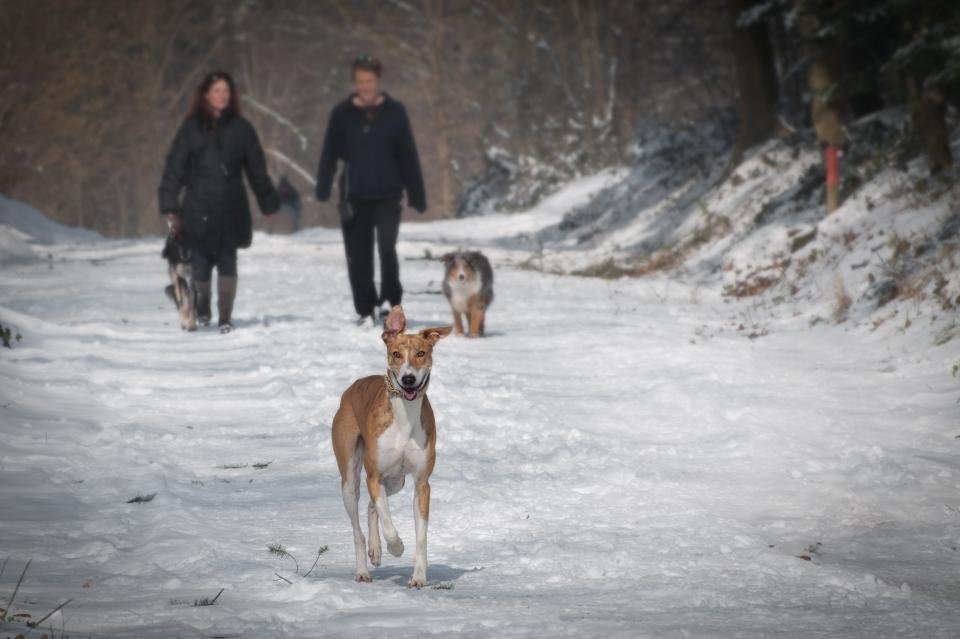
Here’s where things get really interesting from a biological standpoint. Your dog’s cold tolerance depends on several factors, including their size, hair, health status, age and breed. Generally speaking, healthy adult large breed dogs with medium and long hair tend to have a higher cold tolerance than puppies, older dogs, small breeds, dogs with short hair or dogs with preexisting health problems.
The body’s response to cold is fascinating and terrifying at the same time. A dog’s body responds to freezing temperatures by reducing blood flow to areas nonessential to survival so it can protect parts essential for survival such as internal organs, including the brain. Without proper blood flow, the skin freezes. Your dog’s body is literally making life-or-death decisions about which body parts to sacrifice first.
Recognizing the Warning Signs of Hypothermia
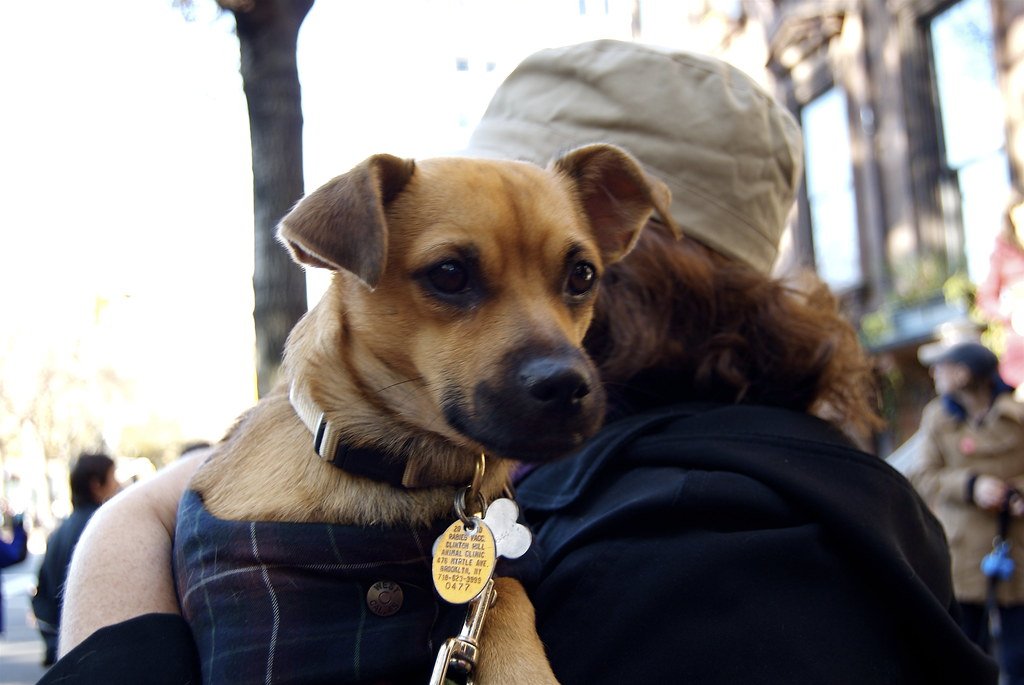
Hypothermia in dogs isn’t something that announces itself with flashing lights – it creeps up gradually and can be deadly. Signs of hypothermia in dogs occur along a continuum. According to veterinary sources, mild hypothermia typically occurs when body temperature drops below normal (around 95-99°F): weakness, shivering, lack of mental alertness. This is your first warning bell.
If your pet is whining, shivering, seems anxious, slows down or stops moving, seems weak, or starts looking for warm places to burrow, get them back inside quickly because they are showing signs of hypothermia. Picture this: your normally energetic dog suddenly becomes sluggish during what should be a fun romp in the snow. That’s not them being lazy – that’s their body starting to shut down non-essential functions.
The Hidden Danger of Frostbite in Dogs
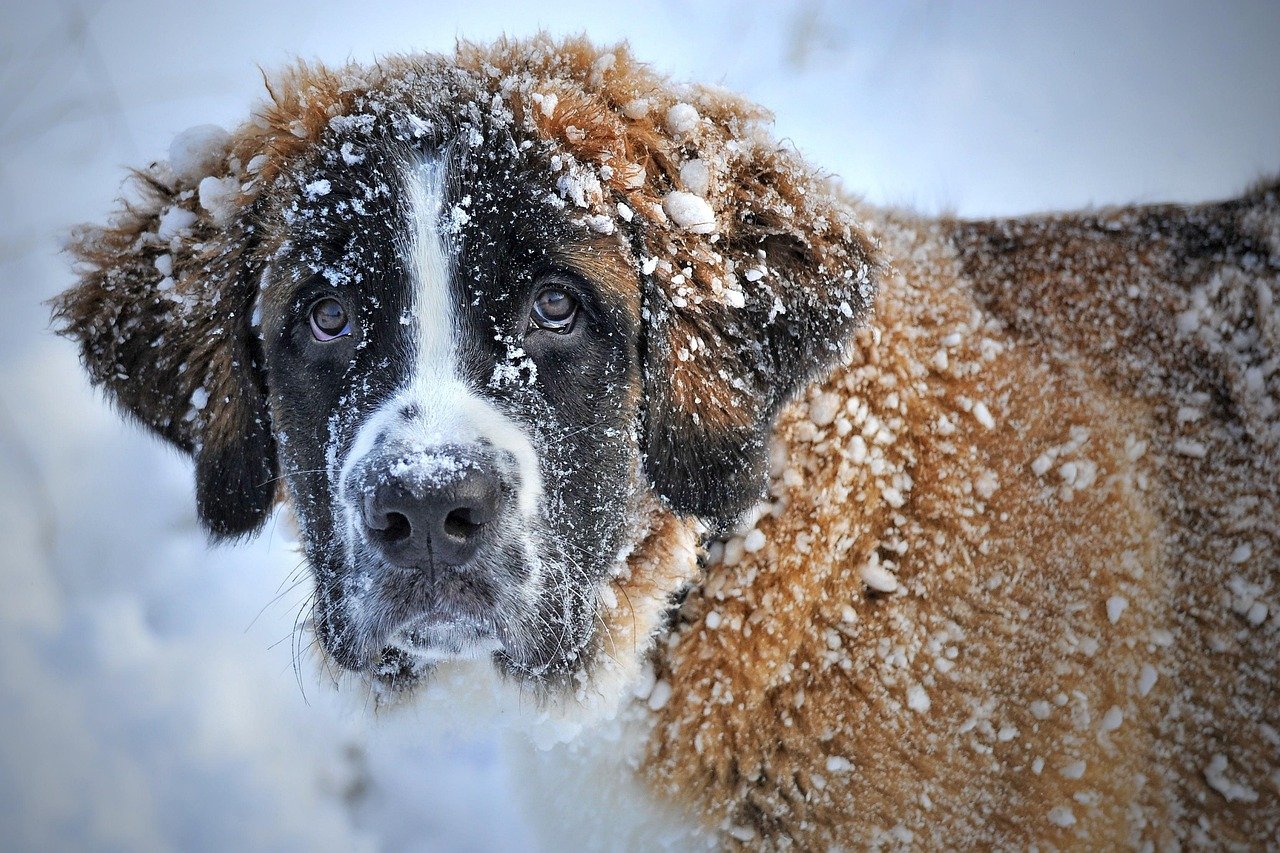
Frostbite is sneaky and cruel because it doesn’t always show up right away. Frostbite is harder to detect, and may not be fully recognized until a few days after the damage is done. By the time you notice something’s wrong, the damage might already be severe.
The paws, ears, and tail are the most common tissues to be affected. If a dog is wet or damp, these areas are more vulnerable to frostbite. Think of frostbite like a silent thief – Dogs can develop frostbite relatively quickly in severe conditions, with timing varying based on temperature, wind, and other factors. That’s barely enough time for a decent walk around the neighborhood on a really cold day.
Proper Shelter Requirements for Outdoor Dogs
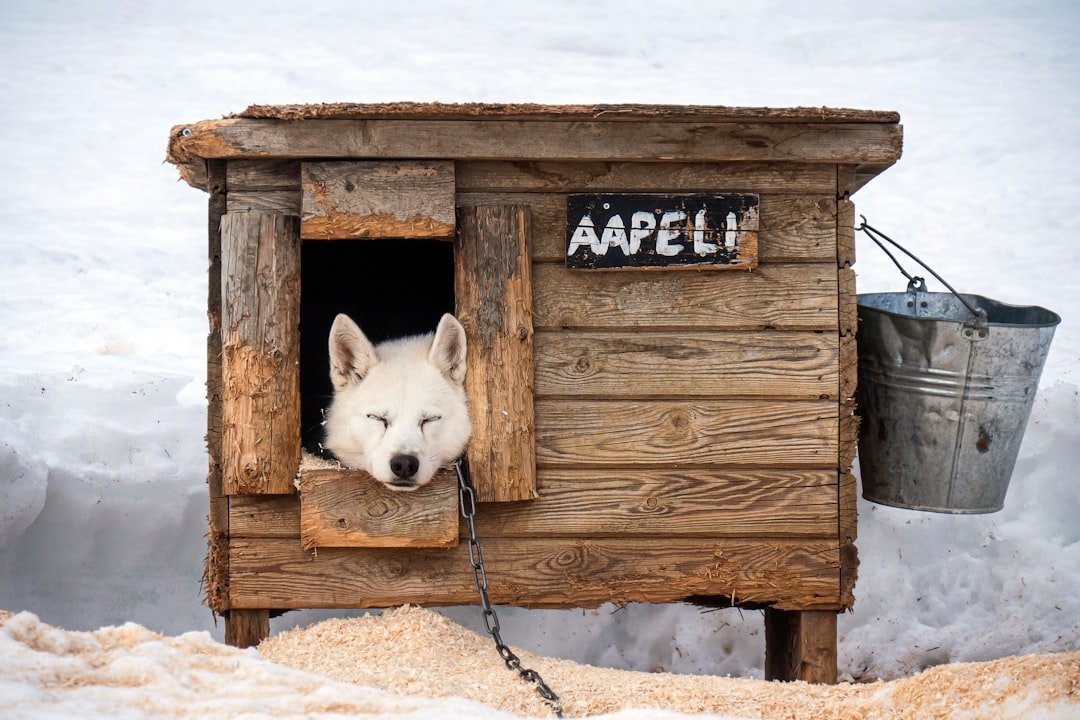
If your dog must stay outside, the shelter situation becomes absolutely critical. As nighttime temperatures drop, your outdoor pets should have adequate shelter. Provide them with a dry, draft-free shelter that is large enough to allow them to sit and lie down comfortably but small enough to conserve body heat. This is where many people get it wrong – bigger isn’t always better when it comes to dog houses.
Additionally, the shelter needs to be small enough to allow a dog to warm the interior of the structure and maintain body heat. The shelter must moisture proof and windproof constructed with durable materials including a roof, enclosed sides, a door way and with a solid, level floor raised above the ground to prevent moisture and cold transfer. It’s basically about creating a cozy cave where your dog’s body heat can actually make a difference.
The Feeding Challenge During Winter Months
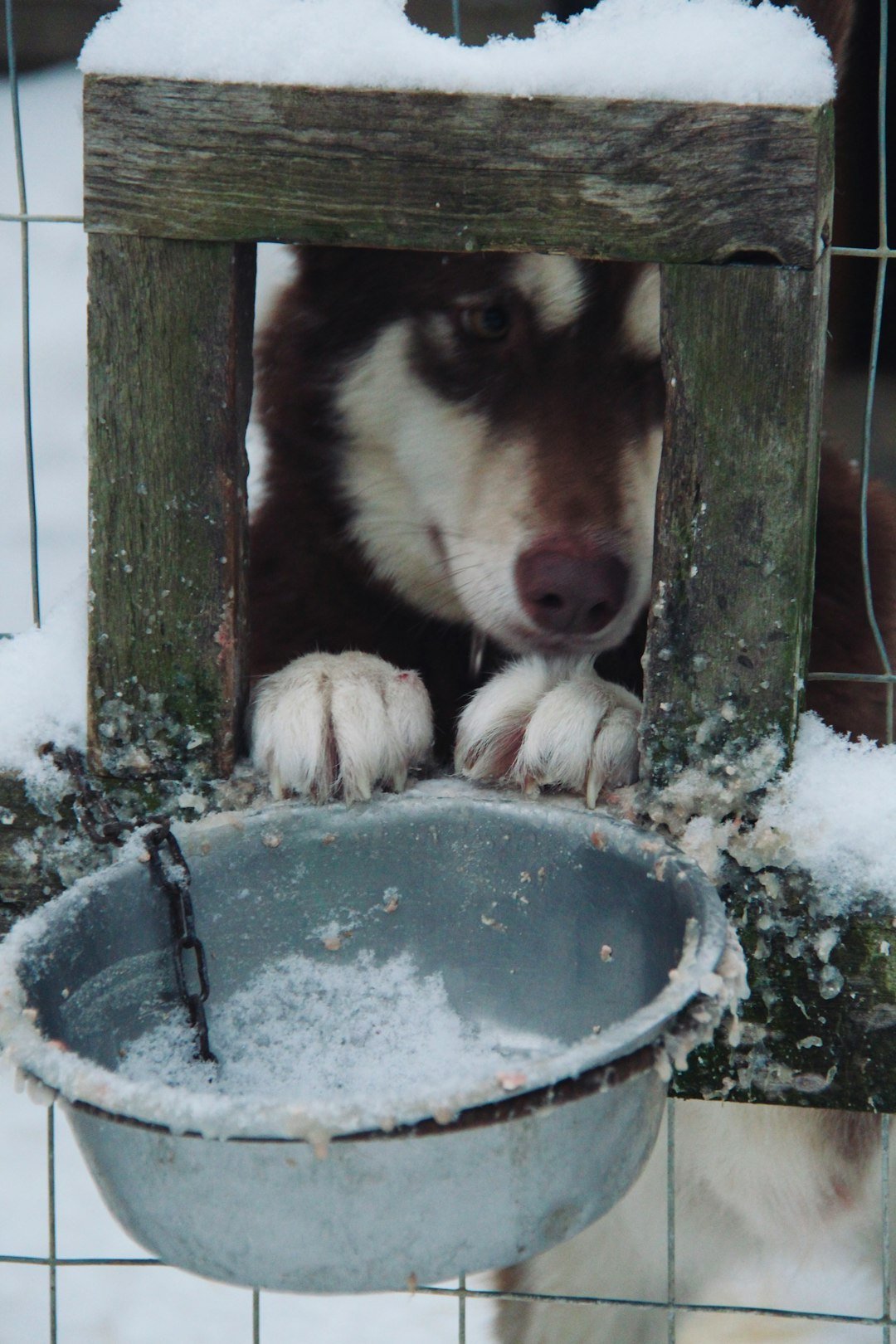
When the mercury drops, your outdoor dog’s metabolism kicks into overdrive just trying to stay alive. Outdoor pets typically need more food in cold weather because they must burn more calories to keep warm. Think of it like your dog is constantly running an internal furnace that needs more fuel when it’s working harder.
But here’s the tricky part – Outdoor pets will require more calories in the winter to generate enough body heat and energy to keep them warm – talk to your veterinarian about your pet’s nutritional needs during cold weather. It’s not just about throwing more kibble in the bowl. The quality and type of food matters too, especially when your dog’s body is under stress from the cold.
Water Access Problems in Freezing Conditions

Water might seem like a simple issue, but it becomes surprisingly complicated when temperatures drop below freezing. Your pet should always have access to clean drinking water. Make sure it doesn’t freeze! This sounds obvious, but you’d be amazed how quickly water bowls turn into ice blocks in Midwest winters.
Water must be potable (safe to drink) and in sufficient quantity provided daily for the health of the animal. Snow or ice is not an adequate water source. Many dog owners make the mistake of thinking their pet can just eat snow for hydration. That’s like expecting someone to survive by eating ice cubes instead of drinking water – it actually makes the body work harder to process and can contribute to hypothermia.
The Paw Protection Dilemma
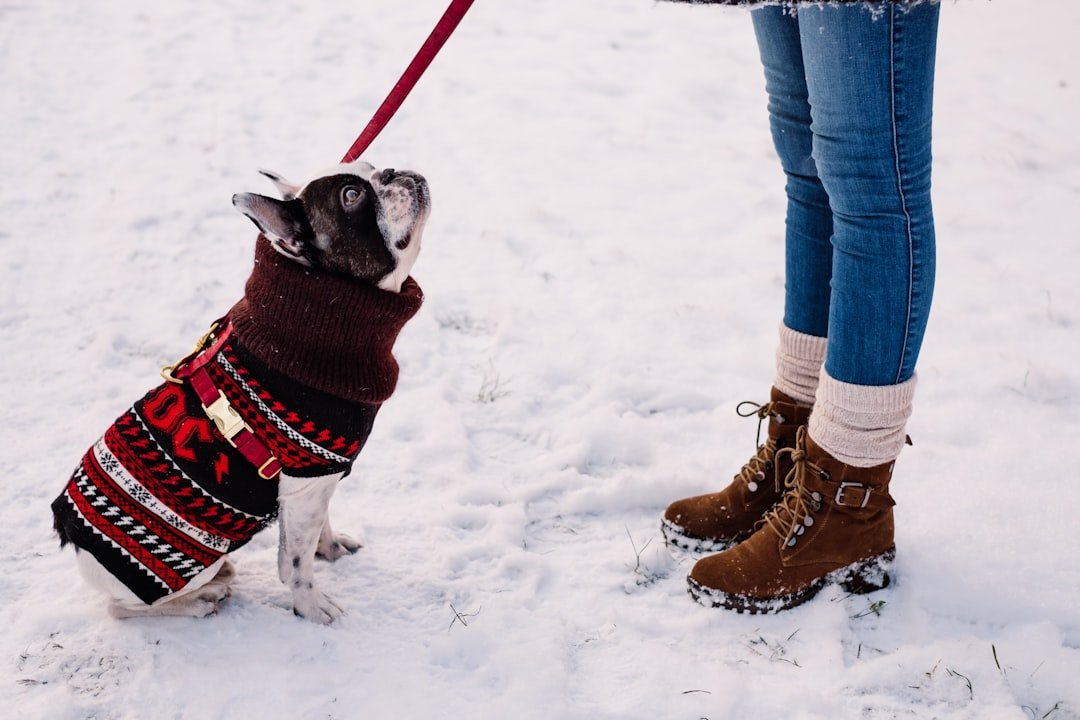
Dog paws take an absolute beating during Midwest winters, and most owners don’t realize how serious this can get. Another thing pet parents need to take into consideration is that the cold is particularly tough on our dog’s paws. Chunks of ice, snow, or rock salt can lodge themselves between your dog’s paw pads and cut their feet. Prolonged exposure to salt and other de-icing chemicals can lead to chemical burns and even make your best friend more susceptible to frostbite.
After every winter walk, you need to become a paw inspector. During walks, your dog’s feet, legs and belly may pick up de-icing products, antifreeze, or other chemicals that could be toxic. When you get back inside, wipe down (or wash) your pet’s feet, legs and belly to remove these chemicals and reduce the risk that your dog will be poisoned after (s)he licks them off of his/her feet or fur. It’s like your dog is walking through a chemical minefield every time they step outside in winter.
Emergency Response When Things Go Wrong
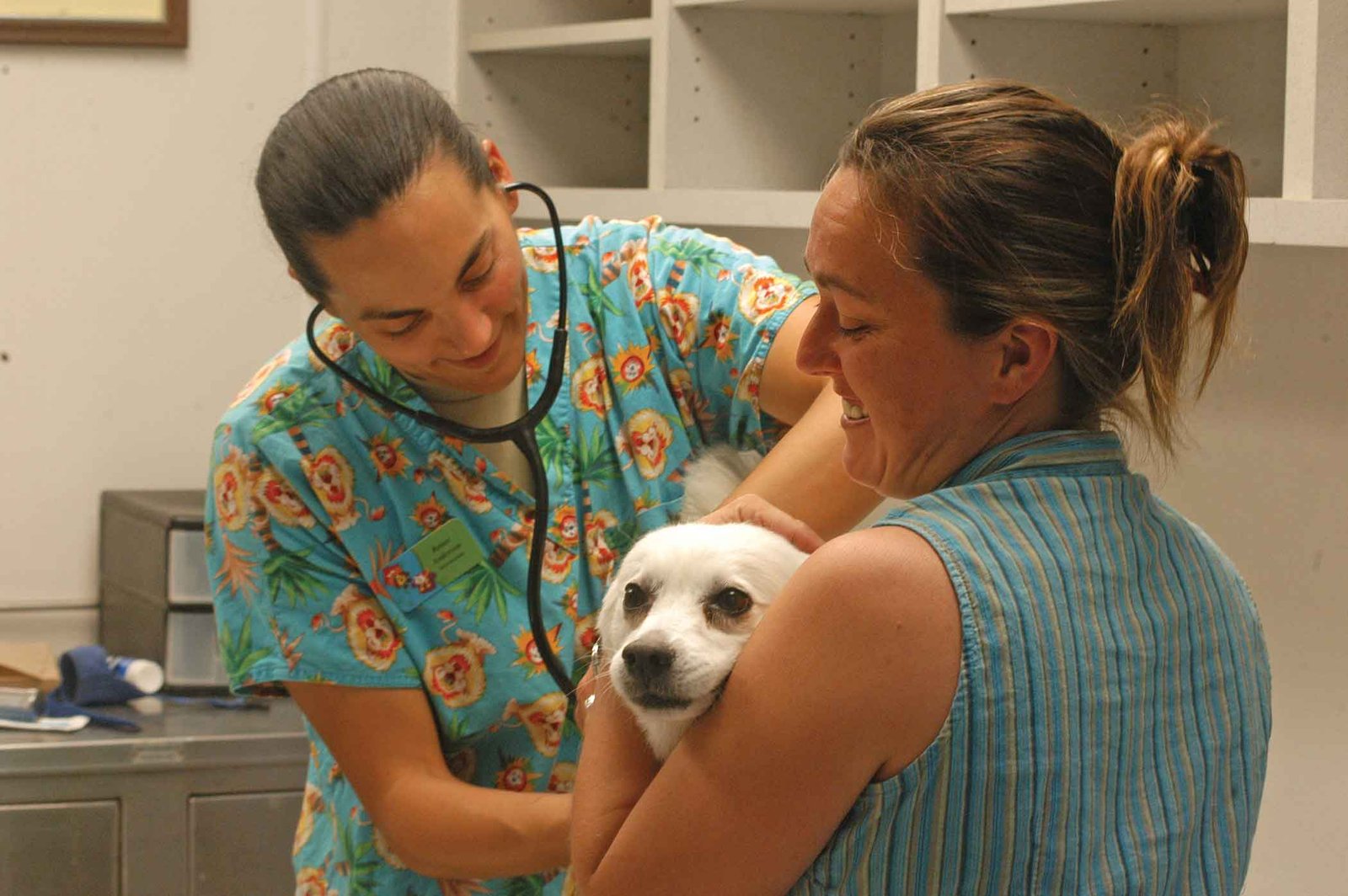
When you suspect frostbite or hypothermia, every minute counts. If you suspect that your dog has frostbite, you should immediately take them to the vet. You should keep your dog warm with the car heater and/or a warm towel. You can gently warm the affected areas with slightly warm (not hot) water or a moist towel. The key word here is “gently” – your instinct might be to blast them with heat, but that can actually make things worse.
It is important not to rub the skin or attempt to warm it with direct heat such as a hairdryer or heating pad, because this can worsen the tissue damage. Think of frostbitten tissue like a delicate flower – handle it wrong and you’ll destroy what’s left. The damage from improper rewarming can sometimes be worse than the original frostbite.
Conclusion: Winter Reality Check for Dog Owners
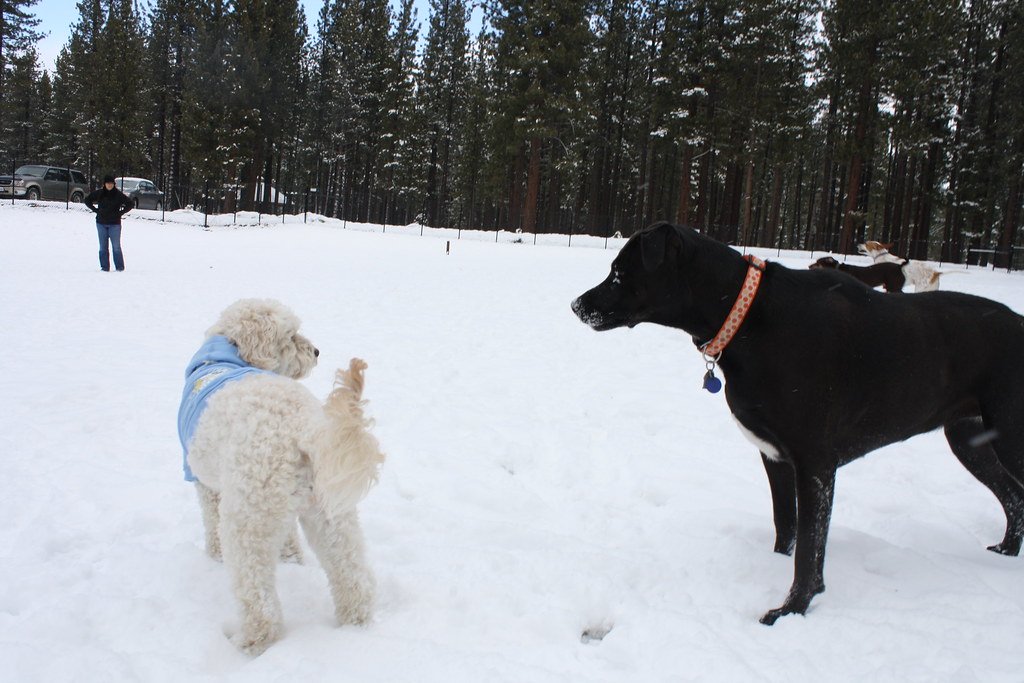
Midwest winters demand respect, both from humans and their four-legged companions. The romantic idea of dogs naturally thriving in cold weather is just that – romantic fiction. The reality is that even the most winter-adapted breeds face serious challenges when temperatures plummet and wind chills become dangerous.
Every dog owner in the Midwest needs to become a winter weather expert, not just for their own safety but for their pet’s survival. From understanding the warning signs of hypothermia to providing proper shelter and nutrition, winter dog care requires knowledge, preparation, and constant vigilance. The stakes are simply too high to wing it when the thermometer drops below freezing.
Next time you look outside at a beautiful winter landscape, remember that your dog might be seeing a survival challenge rather than a winter wonderland. Are you prepared to keep them safe when nature shows its harsh side?



